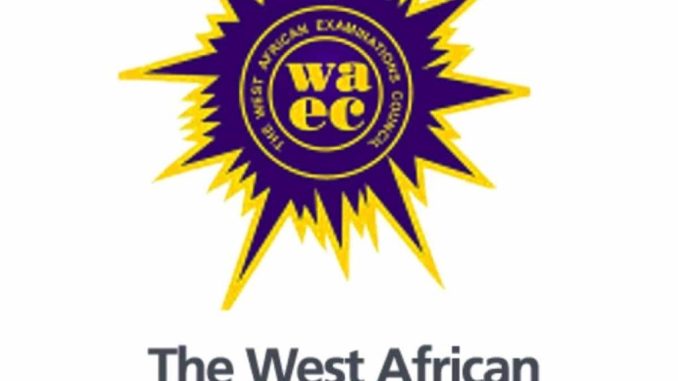
*HEALTH PRACTICAL*
(1a)
Medical examination
(1b)
(PICK ANY FOUR)
(i) It can help in the early detection of diseases or abnormalities, allowing for timely intervention and treatment.
(ii) It can help prevent the development of complications.
(iii) It provide healthcare professionals with essential information about a patient’s health status, enabling them to monitor progress or changes over time.
(iv) It helps to educate patients about maintaining a healthy lifestyle, managing chronic conditions, and understanding their own health risks.
(v) It helps to establish baseline health parameters for individuals, making it easier to detect deviations from normal levels.
(vi) It provides reassurance to patients about their health status, especially when results indicate no abnormalities.
(1c)
(PICK ANY THREE)
(i) Medical examinations can be expensive, especially if they are not covered by insurance, leading to financial burden for patients.
(ii) It can cause anxiety and stress for patients, particularly if they are concerned about potential health issues.
(iii) It may produce false positive or false negative results, leading to unnecessary worry or missed diagnoses.
(iv) It can be time-consuming for patients.
(v) Some medical examinations may involve invasive procedures or uncomfortable tests, which can be distressing for patients.
(1d)
(PICK ANY TWO)
(i) General medical consultations
(ii) Prescription of medications and treatment plans.
(iii) Referral to specialists
(iv) Health promotion and disease prevention activities
(v) Management of chronic conditions
(2a)
A – Femur bone
B – Humerous
(2b)
Clavicle
(2ci)
X – Bone and socket joint
Y – Hinge joint
(2d)
(i) Genu valgum (knock knees)
(ii) Genu varum (bow legs)
(2e)
(i) Fractures
(ii) Dislocation
(2f)
Calcium
(4a)
(PICK ONE FOR EACH)
Protein: Fish, meat
Carbohydrate: Cassava, yam
Vitamins: Fruits, Vegetable oils
Fat and oil: Butter, Margarine
(4b)
Protein:
(PICK ANY ONE)
(i) Building and repairing tissues in the body.
(ii) Enzyme production for various metabolic processes.
(iii)Acting as a source of energy when carbohydrates and fats are insufficient.
Carbohydrate:
(PICK ANY ONE)
(i) Providing energy for the body’s activities.
(ii) Facilitating proper digestion and metabolism.
(iii)Supporting brain function and central nervous system activity.
Fat and oil:
(PICK ANY ONE)
(i) Providing a concentrated source of energy.
(ii) Aiding in the absorption of fat-soluble vitamins.
(iii) Insulating the body and protecting organs.
Vitamins:
(PICK ANY ONE)
(i) Supporting immune function and overall health.
(ii) Assisting in various biochemical reactions in the body.
(iii)Acting as antioxidants, protecting cells from damage.
(4ci)
(PICK ANY ONE)
(i) Pyridoxine toxicity.
(ii) Niacin flush
(4cii)
(PICK ANY ONE)
(i) Rickets
(ii) Osteomalacia
5(ai)
Reproductive system
5(aii)
A-Ovum
B-Sperm
5(aiii)
A-Female
B-Male
5(bi)
Fertilization
5(bii)
Female
5(biii)
Fallopian tube
5(c)
Fertilization is the process where a male sperm cell combines with a female egg cell (ovum) to form a single cell called a zygote. This usually occurs in the fallopian tube of the female.
5(d)
[PICK ANY THREE(3)]
(i)Zygote formation
(ii)Cleavage
(iii)Morula formation
(iv)Blastulation
(v)Gastrulation
(vi)Embryogenesis
(vii)Organogenesis
5(e)
B gamates
5(fi)
Meiosis
5(fii)
Mitosis
5(g)
[PICK ANY THREE(3)]
(i)Luteinizing Hormone (LH)
(ii)Follicle Stimulating (Iii)Hormones (FSH)
(iv)Testosterone(T)
(v)Estrogen (E2)
(vi)Progesterone (P4)
SEE THIS; WAEC 2023 Results Testimonies By Gidiclass – Click Here
(6ai)
(i)influenza
(ii) strep throat
(iii) mononucleosis
(6aii)
(i)presence of rash, fever.
(ii)presence swollen lymph nodes.
(6b)
(i)If assuming influenza, the pathogen would be the influenza virus.
(ii)For strep throat, it would be Streptococcus pyogenes (group A streptococcus).
(6c)
(i)coughing
(ii)headache
(iii)body aches.
(6di)
An appropriate therapy might be antiviral medications for influenza or antibiotics for bacterial infections like strep throat.
(6dii)
(i)If the therapy is antiviral medications, constituents might include oseltamivir or zanamivir.
(ii)If antibiotics, constituents could be penicillin or amoxicillin.
(6e)
(i)Encouraging vaccination if available.
(ii)Promoting frequent hand washing and hygiene.
(iii)Implementing stay-at-home policies for sick students.
(iv)Regular cleaning and disinfection of surfaces.

Leave a Reply